Shinobi Is Kokoro
From Shiro Kuma's Blog by kumablog
The class with Senō sensei was as impressive and precise as always. With micro details such as rotating the bones of the forearm, and folding the wrist slightly during the uke nagashi, we are able to take Uke’s balance before he could feel it. I could write about it, but it will never describe the beauty of his taijutsu. The best is to come here and to train. What I want to write about today is about one thing Senō sensei’s commented before the end of the training session.
At the end of his class, Senō sensei spoke about the meaning of the kanji for Shinobi. Honestly, I didn’t get everything (I still don’t speak Japanese), but what I got, made me think about the many hidden meanings of this kanji. I would like to share my thoughts with you.
Everyone in the Bujinkan knows that Shinobi is composed of 2 kanji: sword (Tō) above heart/spirit (kokoro). (1)(2)(3) So nothing new there.
So, to me, what was new in the way Senō sensei explained it is that he said that “the blade is hidden in the heart/spirit”. The usual and common understanding is that we must “have a spirit as sharp as a sword”. This is why Senō sensei’s interpretation acted as an eye opener.
What I understood is that, linked to what Hatsumi sensei said the day before, we have to hide our intention, and be ready to terminate the opponent when the occasion arises. A Waza is intention, this is why there can be no waza in a real fight.
A waza by definition is a drilled exercise repeated thousands of times until it is ingrained in our mind / body. (4) To get this level of ability, one must repeat his basics during many hours, months, and years. At some point, there is no thinking, only a natural movement. This is what you did when you listened to ride a bike, or when you learned to swim. Even if you don’t it regularly you can ride a bike, or swim the minute you do it again.
When you have acquired this ingrained state, the mind / body reacts and the only thing you do is to witness what is happening. You’re not actor, but spectator of your actions.
In a real fight, you have no time to think. Thinking is possible only when you train. When you fight it is to late.
If your basics are bad because you didn’t spend enough time studying the tenchijin and the fighting systems of the Bujinkan, you will never be able to adapt your taijutsu to the situation.
On the contrary, if you did your homework, your mind / body will slash the opponent naturally.
When you put intention in your movements, it is because of a lack of mastery of the basics of the Bujinkan. Many dōjō are developing a mix martial art approach of the Bujinkan, instead of respecting Hatsumi sensei’s path of the natural movement because of these weak basics. In sport, nothing is natural, it is mechanical.
How many time did I hear Sensei say “chikara janai”, don’t use strength ? Or use your “karada”, your body? The problem with us, Westerners, is that we cannot fathom how we can be efficient without thinking thoroughly, and using strength. For many, “Mushin” is only a nice philosophical concept. (5)
At the beginning of the year, Hatsumi sensei spoke about Yamaoka Tesshû (1836-1888, famous swordsman, calligrapher, and Zen master). Yamaoka developed the “sword of no-sword” concept. This is another definition of Mutō Dori. (6)
When the sword is hidden in the heart/spirit there is no sword visible, and therefore there is no intention. And because there is no intention, only the heart / spirit remains. “be slow and relaxed” said Sensei on Sunday, “and the movement will reveal itself”.
The sword but visible, only the kokoro is there. Maybe this is why Takamatsu Sensei wrote about “kokoro no Budō”, the heart /spirit of Budō.
Next Saturday we celebrate Takamatsu sensei’s memory. Please think about it.
__________________
1. 忍び/shinobi/stealth|travelling incognito (traveling)|ninjutsu|ninja|sneak theft; sneak thief|tolerance
2. 刀/tō/(single-edged) sword; katana|dagger; knife|scalpel
3. 心/kokoro/mind; heart; spirit|the meaning of a phrase (riddle, etc.)
4. I use “mind / body” as being one and not two. There is no duality. Inyō is unity.
5. 無心/mushin/innocence|insentient (i.e. plants, inanimate objects, etc.)|free from obstructive thoughts|to pester someone (for cash, etc.)
6. Reminder: mutō dori is about facing the attacker with no fear, even if it is lethal. [for more, check mutō dori in this blog]
Sidenote: For those wondering. Stephen Hayes, moving away from the Bujinkan, called his system Tōshindō (sword+heart+path = Shinobi path). But that has nothing to do with the bujinkan.

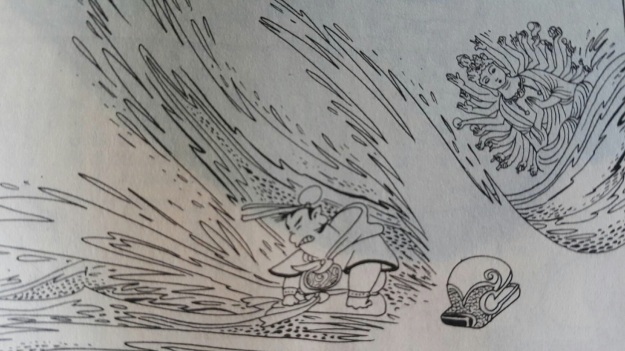 This reminds me of a zen parable about a great wrestler named OoNami (Big Wave) He was of great build unstoppable in practice, throwing all opponents with ease. Even his teachers could not keep up with him during training, such was his ability and stunning techniques. But before every match, without fail, he would get so nervous and cowardly that he could barely stand and he would lose every competition. He would even lose to his students. He was fractured, not moving as one, he was disconnected. Just a bunch of moving parts, not crystallized as one. He was so frustrated that he went to a Zen master for help. The Zen master told him, “if your name is big wave, don’t think of yourself as a cowardly wrestler. But imagine yourself to be a great huge wave! A tsunami that engulfs and washes away all in your path! If you can see that, you will become instantly the number one wrestler in the country. You will beatable!”. In the temple that evening, he tried hard to envision himself a wave but his thoughts were disturbing him. Then slowly he started to feel the wave growing in him. As it grew later in the evening, the wave grew too, washing away the flower vases around him. The wave grew stronger still and washed away the statues of the deities in temple. And yet it grew bigger, washing away the temple and finally it engulfed the whole grounds of the temple washing everything away. At that moment, the master spoke, “You have done it! You will be unstoppable like this wave now.”. From that day on he moved as the ocean, with the force and power of great waves, like a tsunami. He became the number one wrestler in the land, sweeping away his opponents with ease. He became the tsunami. He became integrated and whole, each cell and fiber moving as one. Hatsumi Sensei would often tell us to become like a tsunami. A series of unconnected attacks or techniques will not defeat an opponent. But a connect whole, a flow, a wave like a tsunami will fell the toughest opponent. Zen Tai, whole essence, whole body, imagine you are the tsunami, and flow with natural power and rhythm!
This reminds me of a zen parable about a great wrestler named OoNami (Big Wave) He was of great build unstoppable in practice, throwing all opponents with ease. Even his teachers could not keep up with him during training, such was his ability and stunning techniques. But before every match, without fail, he would get so nervous and cowardly that he could barely stand and he would lose every competition. He would even lose to his students. He was fractured, not moving as one, he was disconnected. Just a bunch of moving parts, not crystallized as one. He was so frustrated that he went to a Zen master for help. The Zen master told him, “if your name is big wave, don’t think of yourself as a cowardly wrestler. But imagine yourself to be a great huge wave! A tsunami that engulfs and washes away all in your path! If you can see that, you will become instantly the number one wrestler in the country. You will beatable!”. In the temple that evening, he tried hard to envision himself a wave but his thoughts were disturbing him. Then slowly he started to feel the wave growing in him. As it grew later in the evening, the wave grew too, washing away the flower vases around him. The wave grew stronger still and washed away the statues of the deities in temple. And yet it grew bigger, washing away the temple and finally it engulfed the whole grounds of the temple washing everything away. At that moment, the master spoke, “You have done it! You will be unstoppable like this wave now.”. From that day on he moved as the ocean, with the force and power of great waves, like a tsunami. He became the number one wrestler in the land, sweeping away his opponents with ease. He became the tsunami. He became integrated and whole, each cell and fiber moving as one. Hatsumi Sensei would often tell us to become like a tsunami. A series of unconnected attacks or techniques will not defeat an opponent. But a connect whole, a flow, a wave like a tsunami will fell the toughest opponent. Zen Tai, whole essence, whole body, imagine you are the tsunami, and flow with natural power and rhythm!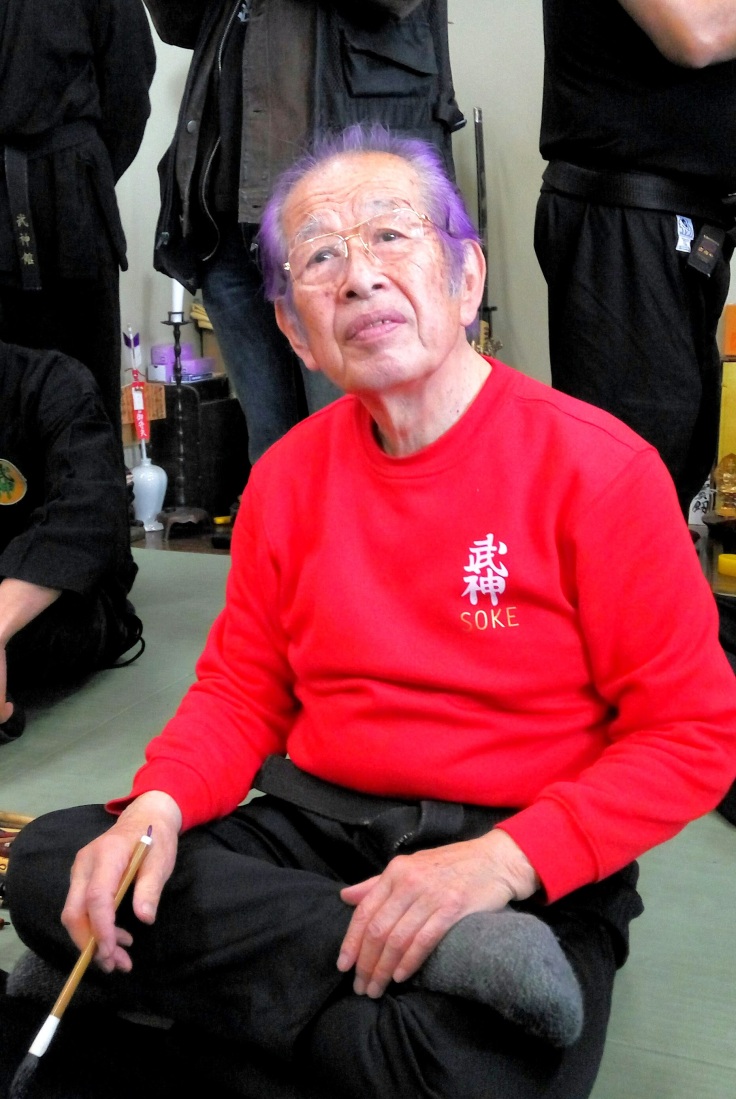


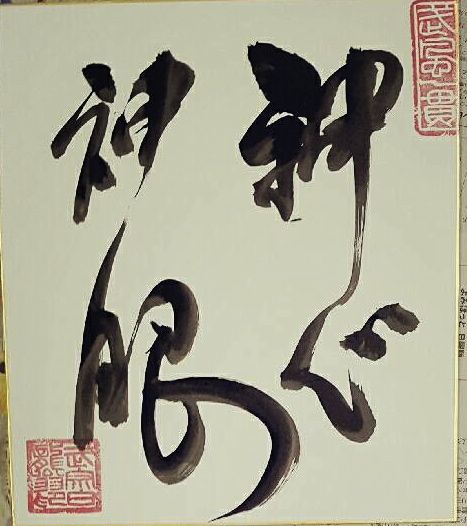
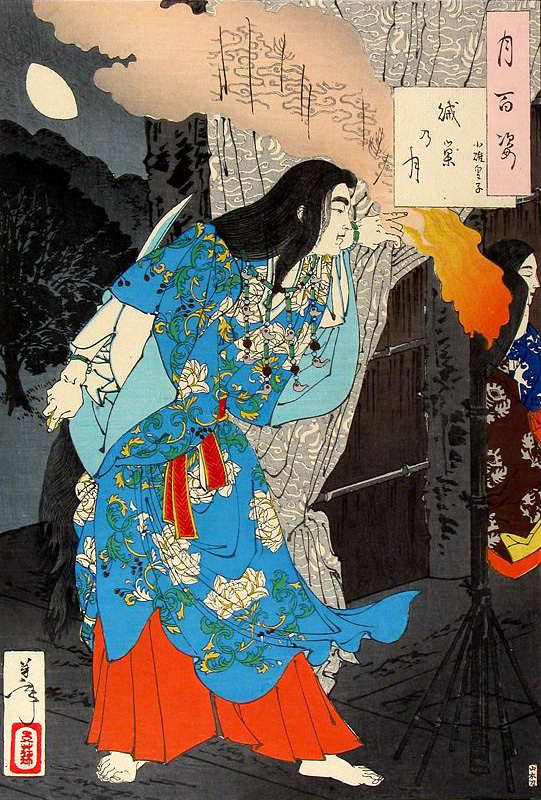


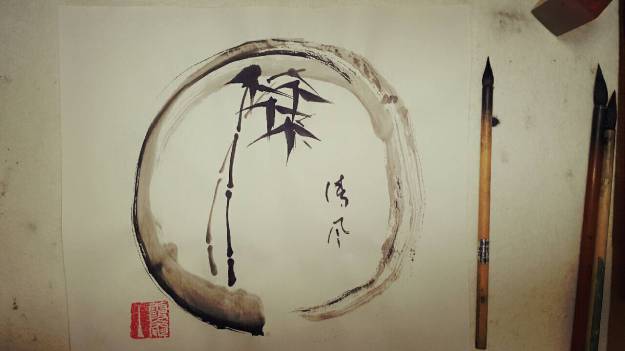

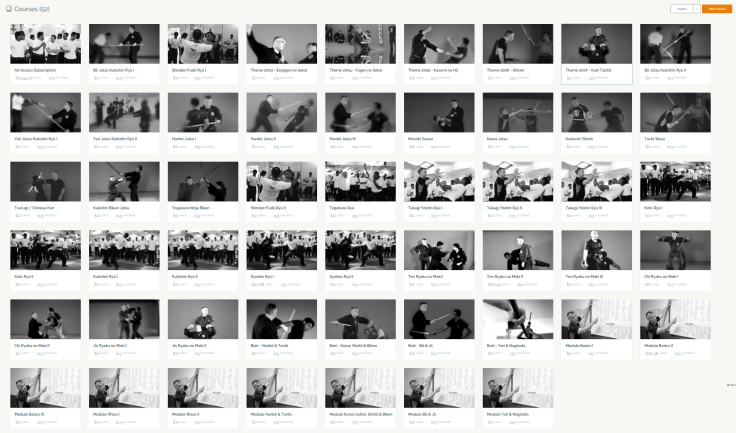
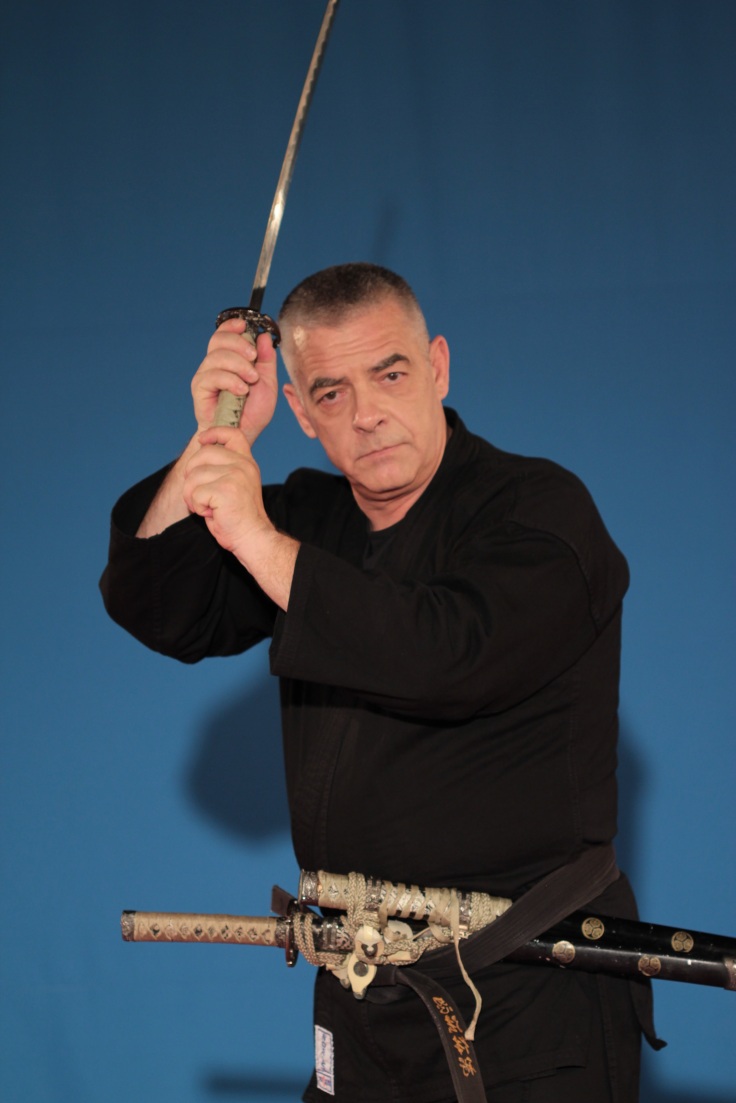 We often hear that Katana is not for beginners. Obviously, when you begin training, training with a metallic sword would create more problems than giving solutions.
We often hear that Katana is not for beginners. Obviously, when you begin training, training with a metallic sword would create more problems than giving solutions.